Enabling paths and type of materials
mich_in_zonal_denial
22 years ago
Featured Answer
Sort by:Oldest
Comments (12)
mich_in_zonal_denial
22 years agoRelated Professionals
Rancho Cordova Landscape Architects & Landscape Designers · Wareham Landscape Architects & Landscape Designers · Canton Landscape Contractors · Brookfield Landscape Contractors · Broomfield Landscape Contractors · Deerfield Landscape Contractors · Dudley Landscape Contractors · Gresham Landscape Contractors · Haverhill Landscape Contractors · Lynwood Landscape Contractors · Mequon Landscape Contractors · Muttontown Landscape Contractors · Oak Forest Landscape Contractors · Rancho Santa Margarita Landscape Contractors · Stallings Landscape ContractorsFireraven9
22 years agoginger_nh
22 years agomich_in_zonal_denial
22 years agoMaigan
22 years agommcc
22 years agoShellyglu
22 years agonls60n_netscape_net
22 years agooakleif
17 years agoNorthHadley
16 years agoluna_llena_feliz
16 years ago
Related Stories

LANDSCAPE DESIGNHow to Pick the Right Paving and Decking Material
Once you’ve got the walls or fences of your garden figured out, it’s time to consider the ground surface or floors
Full Story
PATIOSYour Guide to 10 Popular Landscape Paving Materials
To choose the best paving for your landscape, look at climate, cost and context
Full Story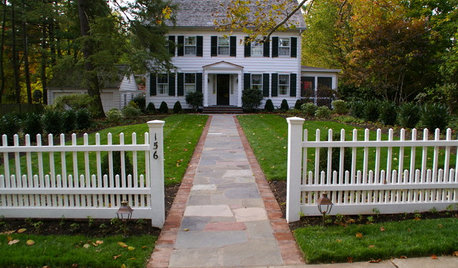
EXTERIORSPick the Perfect Front Walkway Material
The right front pathway adds instant curb appeal to your home. Here's how to match the material to the look you want
Full Story
PATIOSLandscape Paving 101: How to Use Brick for Your Path or Patio
Brick paving is classy, timeless and a natural building material. Here are some pros and cons to help you decide if it’s right for your yard
Full Story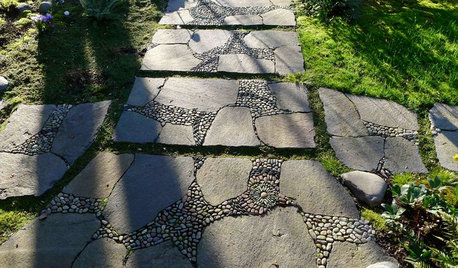
LANDSCAPE DESIGNHow to Design Garden Paths That Bring a Landscape to Life
We guide you through material and placement choices that will take your pathways from ordinary to extraordinary
Full Story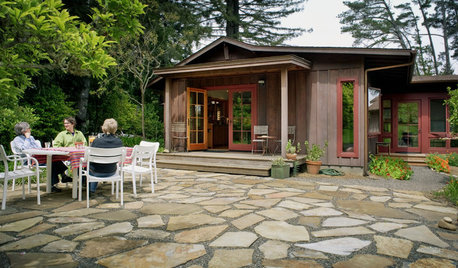
GREEN BUILDINGBuilding Green: The Paths, Beds and Decks That Define Your Landscape
You can make your outdoor area more sustainable by carefully designing your hardscape and selecting materials
Full Story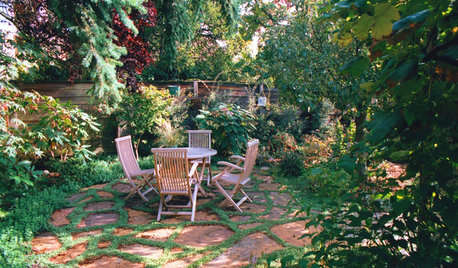
GARDENING AND LANDSCAPINGPavers for the Perfect Patio and Path
3 Landscape Designers Share Tips on Paver Materials, Installation and Cost
Full Story
PRODUCT PICKSGuest Picks: Follow a Modern Farmhouse Path
These clean-lined furniture pieces and accessories in natural materials will put your home on the road to country chic
Full Story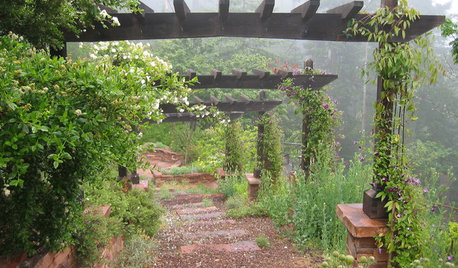
LANDSCAPE DESIGN3 Essential Elements of an Artful Garden Path
Make getting there half the fun with this insight from a landscape architect on designing a thoughtful path
Full Story
LANDSCAPE DESIGN15 Ideas for a Stunning Garden Path
Let your imagination roam as you consider the many types of walkways possible in your garden
Full StoryMore Discussions







Deb_NJ